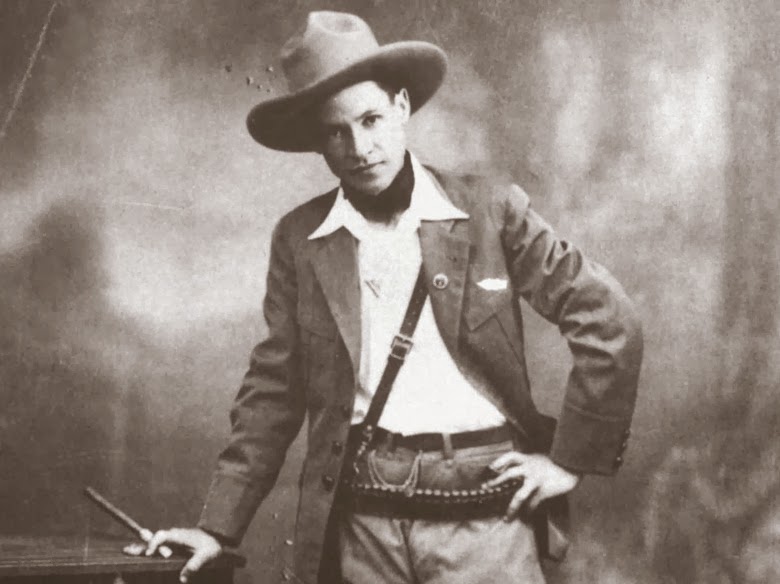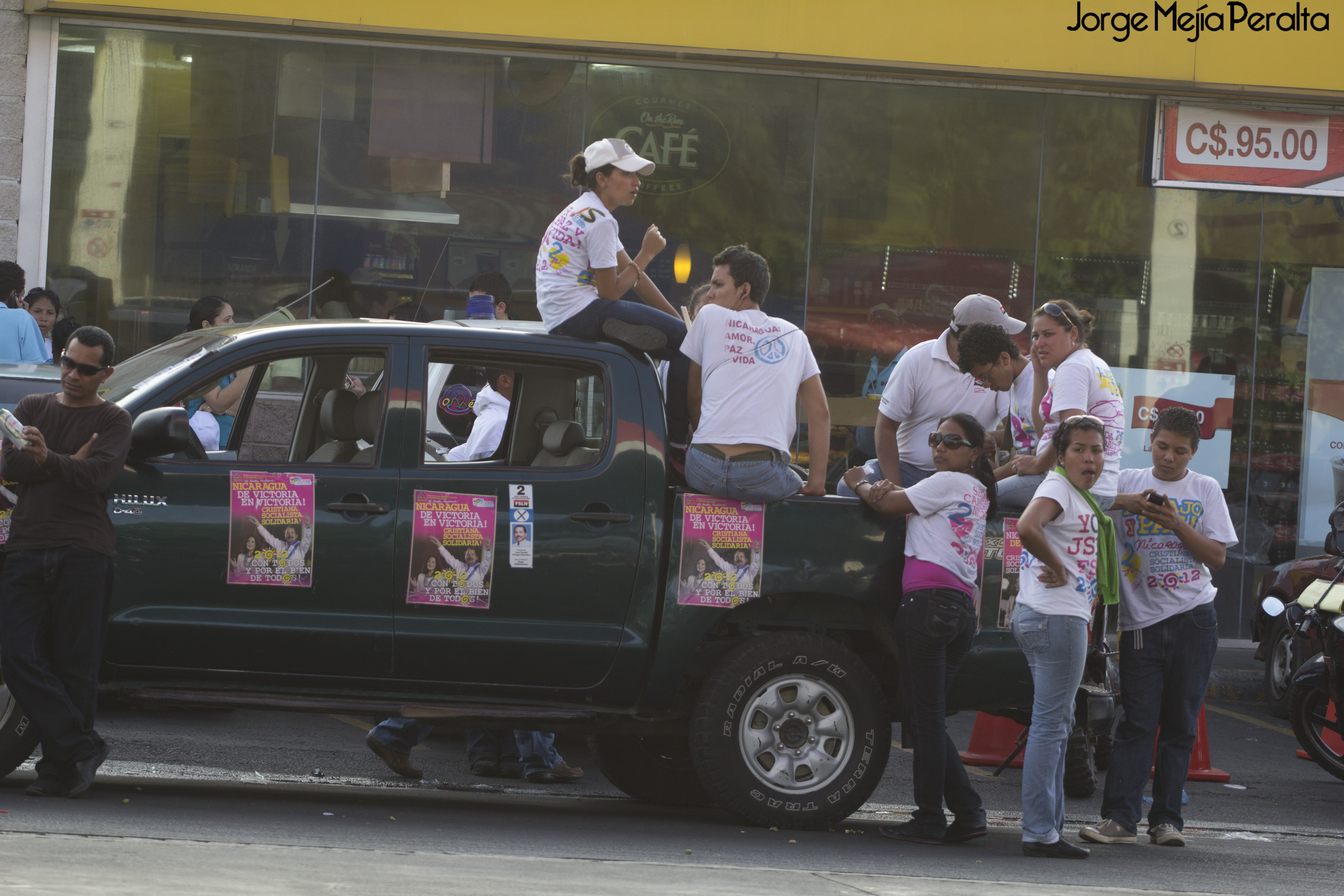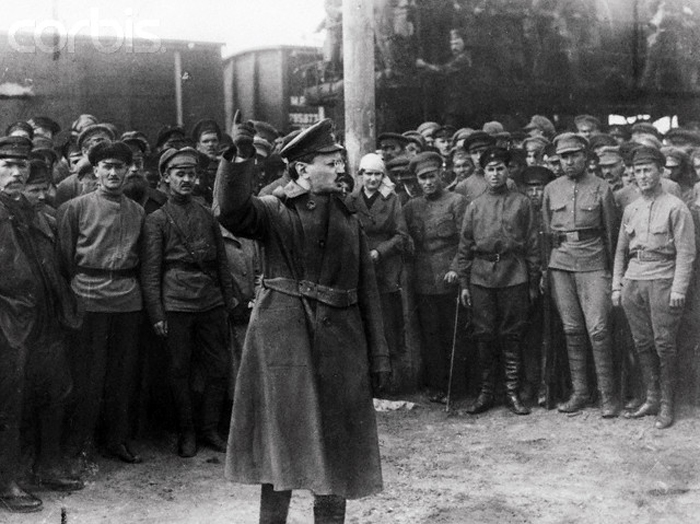|
Sandinista
The Sandinista National Liberation Front (, FSLN) is a socialist political party in Nicaragua. Its members are called Sandinistas () in both English and Spanish. The party is named after Augusto César Sandino, who led the Nicaraguan resistance against the United States occupation of Nicaragua in the 1930s.History Matter"To Abolish the Monroe Doctrine": Proclamation from Augusto César SandinoRetrieved 29/09/12 The FSLN overthrew Anastasio Somoza Debayle in the 1979 Nicaraguan Revolution, ending the Somoza dynasty, and established a revolutionary government in its place. Having seized power, the Sandinistas ruled Nicaragua from 1979 to 1990, first as part of a Junta of National Reconstruction. Following the resignation of centrist members from this Junta, the FSLN took exclusive power in March 1981. They instituted literacy programs, nationalization, land reform, and devoted significant resources to healthcare, but came under international criticism for human rights abuses ... [...More Info...] [...Related Items...] OR: [Wikipedia] [Google] [Baidu] |
Daniel Ortega
José Daniel Ortega Saavedra (; ; born 11 November 1945) is a Nicaraguan politician and dictator who has been the president of Nicaragua, co-president of Nicaragua since 18 February 2025, alongside his wife Rosario Murillo. He was the 54th and 58th president of Nicaragua from 1985 to 1990 and from 2007 to 2025. He previously led Nicaragua as the first Coordinator of the Junta of National Reconstruction from 1979 to 1985. Ortega came to prominence with the overthrow and exile of US-backed dictator Anastasio Somoza Debayle in 1979 during the Nicaraguan Revolution. As a leader in the Sandinista National Liberation Front (, FSLN) Ortega became leader of the ruling Junta of National Reconstruction. A Marxist–Leninist, Ortega pursued a program of nationalization, land reform, wealth redistribution, and Nicaraguan Literacy Campaign, literacy programs during his first period in office. Ortega's government was responsible for the forced displacement of 10,000 indigenous people. 1984 ... [...More Info...] [...Related Items...] OR: [Wikipedia] [Google] [Baidu] |
Sandinista Popular Army
The Sandinista Popular Army (SPA) (or People's Army; , EPS) was the military forces established in 1979 by the new Sandinista government of Nicaragua to replace the Nicaraguan National Guard, following the overthrow of Anastasio Somoza Debayle. In post-Sandinista Nicaragua, the SPA was reformed into the National Army of Nicaragua. Joaquín Cuadra was named chief of staff, serving Defense Minister Humberto Ortega. A draft, called the Patriotic Military Service (), (SMP) was instituted in 1983. It later became Obligatory Military Service (Servicio Militar Obligatorio) (SMO). The special forces ''Tropas Pablo Ubeda'' initially came under the Ministry of Interior and then the BLI'S were Created. The SPA's ground forces formed the basis of what is now today the ''Nicaraguan Army Ground Forces'' (''Fuerzas Terrestres del Ejército de Nicaragua''), formed in 1995. They report directly to the Commanding General of the Army. History Sandinista Guerrilla Movement, 1961–79 The Sand ... [...More Info...] [...Related Items...] OR: [Wikipedia] [Google] [Baidu] |
Sandinista Ideology
Sandinista ideology or Sandinismo is a series of political and economic philosophies instituted by the Nicaraguan Sandinista National Liberation Front throughout the late twentieth century. The ideology and movement acquired its name, image and its military style from Augusto César Sandino, a Nicaraguan revolutionary leader who waged a guerrilla war against the United States Marines and the conservative Somoza National Guards in the early twentieth century. The principals of modern Sandinista ideology were mainly developed by Carlos Fonseca, inspired by the leaders of the Cuban Revolution in the 1950s. It sought to inspire socialist populism among Nicaragua's peasant population. One of these main philosophies involved the institution of an educational system that would free the population from the perceived historical fallacies spread by the ruling Somoza family. By awakening political thought among the people, proponents of Sandinista ideology believed that human resources ... [...More Info...] [...Related Items...] OR: [Wikipedia] [Google] [Baidu] |
Tomás Borge
Tomás Borge Martínez (13 August 1930 – 30 April 2012), often spelled as Thomas Borge in American newspapers, was a cofounder of the Sandinista National Liberation Front in Nicaragua and was Interior Minister of Nicaragua during one of the administrations of Daniel Ortega. He was also a renowned statesman, writer, and politician. Tomás Borge also held the titles of "Vice-Secretary and President of the FSLN", member of the Nicaraguan Parliament and National Congress, and Ambassador to Peru. Considered a hardliner, he led the "prolonged people's war" tendency within the FSLN until his death. In 2010, he stated in an interview: "I am proud to be a Sandinista, to continue being faithful to the red and black flag of our party, to continue being faithful to our revolutionary organization; and to die proud of raising the front, and not having been disloyal to my principles, nor disloyal with my friends nor my companions, nor with my flag, nor with my cries of war." Early life Borge ... [...More Info...] [...Related Items...] OR: [Wikipedia] [Google] [Baidu] |
Sandinista Youth
The Sandinista Youth ( Spanish: ''Juventud Sandinista'' or ''Juventud Sandinista 19 de Julio'') is the youth organization of the Sandinista National Liberation Front (FSLN) party in Nicaragua. The Sandinista Youth arose informally during the Nicaraguan Revolution and it was formally founded by Gonzalo Carrión after the FSLN victory on July 19, 1979. Since 2011 the organization has been part of umbrella organization ''Juventud Presidente'', which unites several youth organizations that support Nicaraguan President and Sandinista revolutionary commandante Daniel Ortega José Daniel Ortega Saavedra (; ; born 11 November 1945) is a Nicaraguan politician and dictator who has been the president of Nicaragua, co-president of Nicaragua since 18 February 2025, alongside his wife Rosario Murillo. He was the 54th an .... Although they publicly claim to be a peaceful political youth organization, its members—or militants (as they refer to themselves)--have been associated with ... [...More Info...] [...Related Items...] OR: [Wikipedia] [Google] [Baidu] |
Carlos Fonseca
Carlos Fonseca Amador (23 June 1936 – 8 November 1976) was a Nicaraguan professor, politician, writer and revolutionary who was one of the founders of the Sandinista National Liberation Front (FSLN). Fonseca was later killed in the mountains of the Zelaya Department, Nicaragua, three years before the FSLN took power. He has posthumously received the titles of National Hero of Nicaragua and Commander in Chief of the Sandinista Popular Revolution. Early years Carlos Fonseca Amador was born in the El Laborío neighborhood of the city of Matagalpa on 23 June 1936. He was the son of Agustina Fonseca Úbeda, from San Rafael del Norte, a peasant and cook, and Fausto Amador Alemán, a member of a wealthy coffee-growing family and administrator of the La Reina mine in San Ramón, Matagalpa. Fonseca was born in a "corner house" his aunt Isaura owned, where his mother lived in a back room. At the age of 9, he began selling candies that his mother made and later sold newspapers on the st ... [...More Info...] [...Related Items...] OR: [Wikipedia] [Google] [Baidu] |
Sandinista Workers' Centre
The Sandinista Workers' Centre (Spanish: ''Central Sandinista de Trabajadores'', CST) is the dominant national trade union center in Nicaragua. It was formed following the Sandinista National Liberation Front (FSLN) revolution of 1979. The CST is closely linked with the FSLN, and was previously affiliated with the World Federation of Trade Unions. The CST later affiliated with the International Confederation of Free Trade Unions, which went on to form the International Trade Union Confederation The International Trade Union Confederation (ITUC; ; ; ) is the world's largest trade union federation. History The federation was formed on 1 November 2006 out of the merger of the International Confederation of Free Trade Unions (ICFTU) a ... References * International Trade Union Confederation Organizations of the Nicaraguan Revolution Sandinista National Liberation Front Trade unions established in 1979 Trade unions in Nicaragua {{NorthAm-trade-union-stub ... [...More Info...] [...Related Items...] OR: [Wikipedia] [Google] [Baidu] |
Marxism–Leninism
Marxism–Leninism () is a communist ideology that became the largest faction of the History of communism, communist movement in the world in the years following the October Revolution. It was the predominant ideology of most communist governments throughout the 20th century. It was developed by Joseph Stalin and drew on elements of Bolshevism, Leninism, and Marxism. It was the state ideology of the Soviet Union, Soviet satellite states in the Eastern Bloc, and various countries in the Non-Aligned Movement and Third World during the Cold War, as well as the Communist International after Bolshevization. Today, Marxism–Leninism is the De jure, de-jure ideology of the ruling parties of Chinese Communist Party, China, Communist Party of Cuba, Cuba, Lao People's Revolutionary Party, Laos, and Communist Party of Vietnam, Vietnam, as well as many other communist parties. The Juche, state ideology of North Korea is derived from Marxism–Leninism, although its evolution is disput ... [...More Info...] [...Related Items...] OR: [Wikipedia] [Google] [Baidu] |
Managua
Managua () is the capital city, capital and largest city of Nicaragua, and one of the List of largest cities in Central America, largest cities in Central America. Located on the shores of Lake Managua, the city had an estimated population of 1,055,247 as of 2020, and a population of 1,401,687 in its metropolitan area. The city also serves as the seat of Managua Department. Founded in 1819, Managua became the national capital in 1852. The city underwent a rapid expansion and urbanization between 1842 and 1930, leading it to become one of the most developed cities in Central America. Several earthquakes have affected the city's growth, especially the 1931 Nicaragua earthquake, 1931 earthquake and the 1972 Nicaragua earthquake, 1972 earthquake, but the city has been rebuilt several times. Today, the city is a major economic hub for both the country and Central America. Etymology There are two possible origins for the name "Managua". It may have originated from the term ''Mana-ahua ... [...More Info...] [...Related Items...] OR: [Wikipedia] [Google] [Baidu] |
Luisa Amanda Espinoza Association Of Nicaraguan Women
The Luisa Amanda Espinoza Association of Nicaraguan Women (, AMNLAE) was initially established in 1977 under the name Association of Women Concerned about National Crisis (, AMPRONAC). AMPRONAC was part of the Sandinista (FSLN) network which was set on bringing down the Anastasio Somoza Debayle regime in 1979. Shortly after the fall of Somoza, AMPRONAC change its name to AMNLAE, after Luisa Amanda Espinoza, the first women to die in the war against Somoza, but remained closely connected to the FSLN as their slogan suggests: "No revolution without women's emancipation: no emancipation without revolution." AMNLAE was critiqued as being the submissive wife of the FSLN, and certainly not a feminist organization but rather a feminine one that fell short of full emancipation of women. AMNLAE membership subsequently dropped as women began resenting the close ties with the FSLN which resulted in advocacy for Sandinista priorities rather than that of Nicaraguan women. Additionally, women c ... [...More Info...] [...Related Items...] OR: [Wikipedia] [Google] [Baidu] |
Parliamentary Group Of The Left
The Parliamentary Left Group is a left-wing political group in the Central American Parliament (PARLACEN), made up of ten regional leftist political parties. The organization's president and vice-president are Evile Umaña Olivas from Nicaragua and Antonio Alfonseca Suncar from the Dominican Republic, respectively. It holds twenty-six seats in the Central American Parliament as of 2023. Members See also * Center-Democratic Integration Group *Central American Parliament The Central American Parliament (), also known as PARLACEN, is the political institution and parliamentary body of the Central American Integration System (SICA). Its headquarters are in Guatemala City. History The PARLACEN's origins date b ... References Politics of Central America 1991 establishments in North America {{CentralAm-stub ... [...More Info...] [...Related Items...] OR: [Wikipedia] [Google] [Baidu] |
São Paulo Forum
São Paulo Forum (FSP), also known as the Foro de São Paulo, is a conference of left-wing political parties and organizations from the Americas, primarily Latin America and the Caribbean. It was launched by the Workers' Party () of Brazil in 1990 in the city of São Paulo. The Forum of São Paulo was constituted in 1990, when the Brazilian Workers' Party approached other parties of Latin America and the Caribbean to debate the new international scenario after the fall of the Berlin Wall and rising adoption of some economic liberalization policies implemented at the time by right-leaning governments in the region. The stated main objective of the conference was to argue for alternatives to neoliberalism. The first meeting held in São Paulo in July 1990 was attended by members of 48 parties and organizations from Latin American and the Caribbean. The original name given to the meeting was Meeting of Left and Anti-imperialist Parties and Organizations of Latin America (). Since ... [...More Info...] [...Related Items...] OR: [Wikipedia] [Google] [Baidu] |



